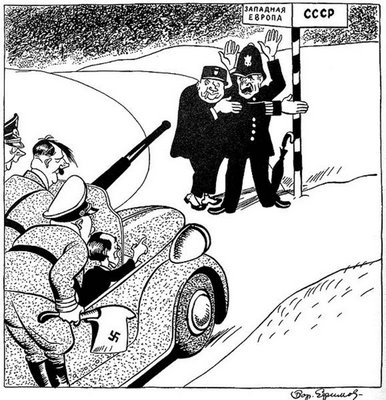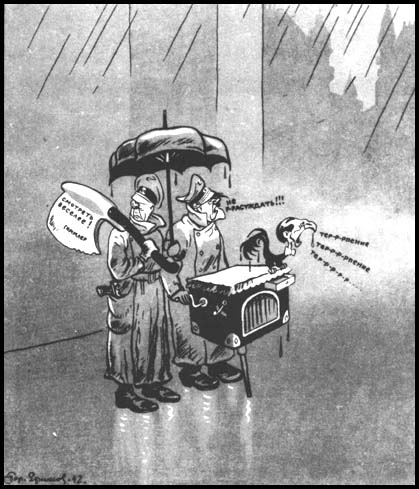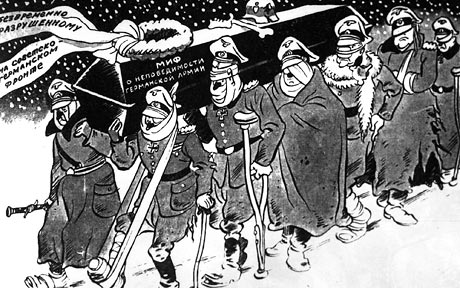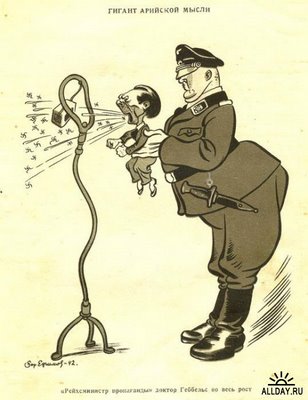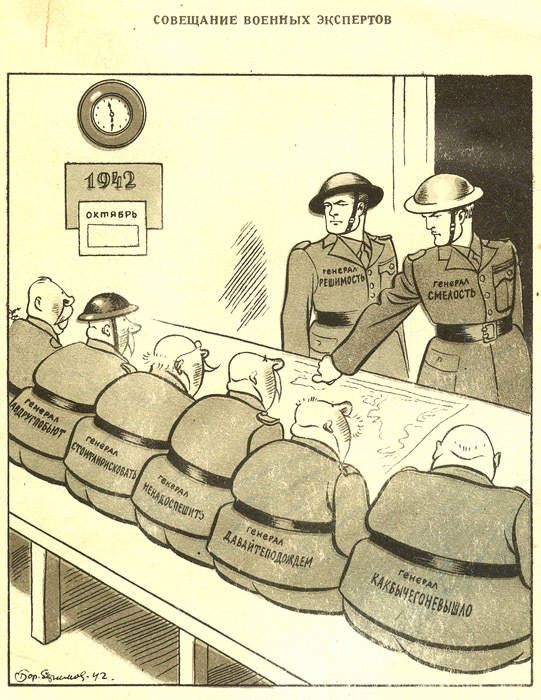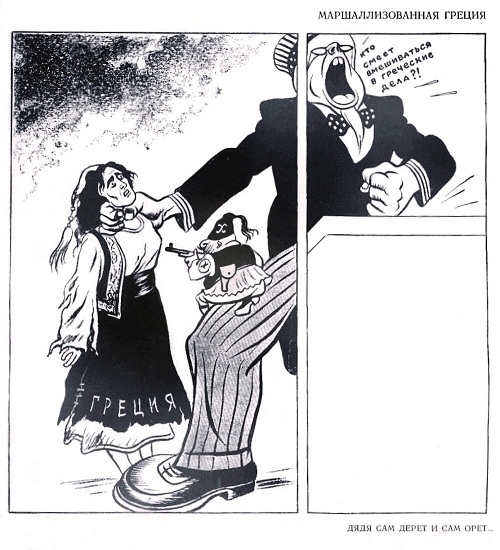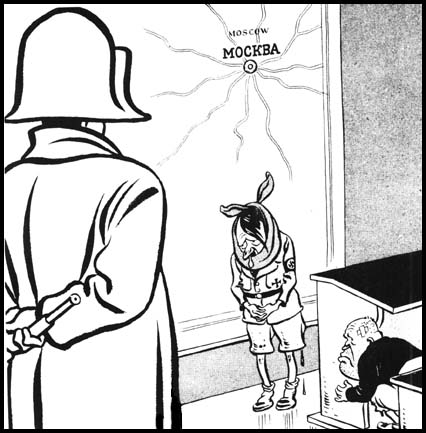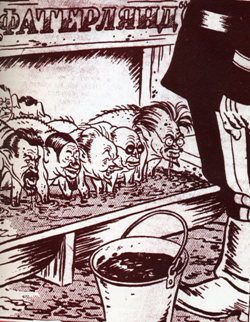<Back to Index>
- Illustrator John Thomas Young Gilroy, 1898
- Cartoonist Boris Yefimovich Yefimov, 1900
PAGE SPONSOR
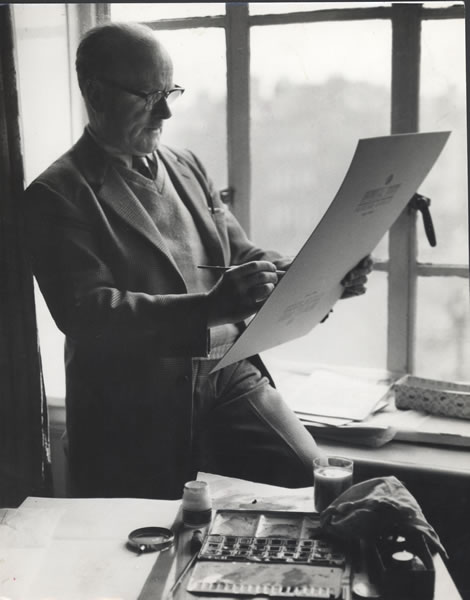
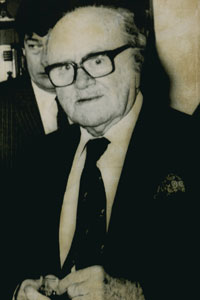
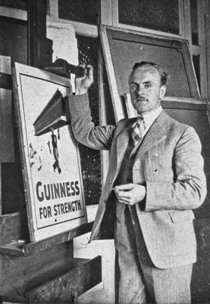
John Thomas Young Gilroy (30 May 1898 - 11 April 1985) was an English artist and illustrator, best known for his advertising posters for Guinness, the Irish stout. He signed many of his works, simply, "Gilroy".
Born in Whitley Bay, Northumberland, England, Gilroy attended Durham University until his studies were interrupted by World War I, during which he served with the Royal Field Artillery. He resumed studying at the Royal College of Art in London, where he remained as a teacher. He taught at Camberwell College of Arts.
In 1925, he gained employment at S.H. Benson's advertising agency, where he created the iconic advertisement art for Guinness featuring the Zoo Keeper and animals enjoying Guinness. He worked with the crime writer Dorothy L. Sayers. He created cover designs for the Radio Times, most famously, in 1936, one depicting a laughing cat. He was also an accomplished portrait painter, numbering royalty, politicians, actors and many others among his sitters. He worked in his large studio at 10 Holland Park, London, the former home and studio of Sir Bernard Partridge. He was a long standing and much loved member of the Garrick Club, where he was created a Life Member and Chairman of the Works of Art Committee 1970 - 1975. He was awarded and Honorary MA by Newcastle University in 1975, and was made a Freeman of the City of London in 1981.
John Gilroy died at Guildford on 11 April 1985.
John Gilroy married twice. First, in 1924, to Gwendoline Short, an artist like himself. They had one son - John Morritt in 1927. His second marriage, in 1950, was to Elizabeth Margaret Outram Bramley who already had a daughter (Jenefer) and a son (Robin).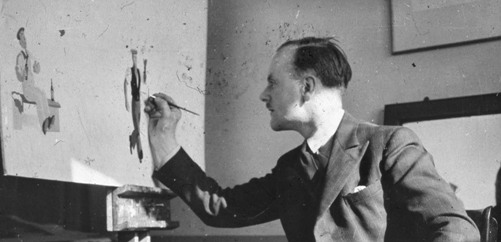

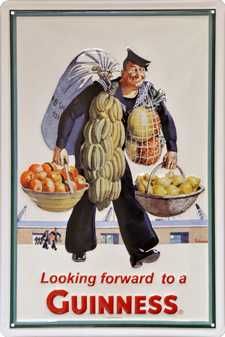
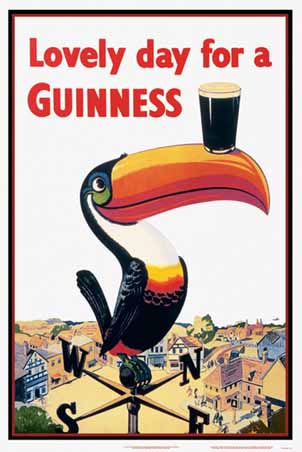
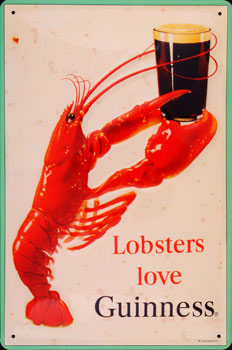
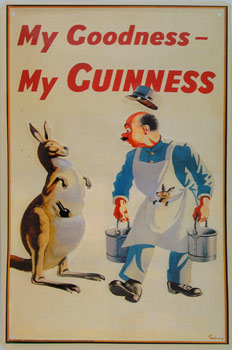
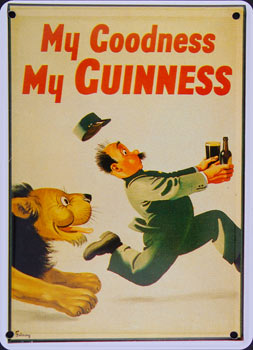
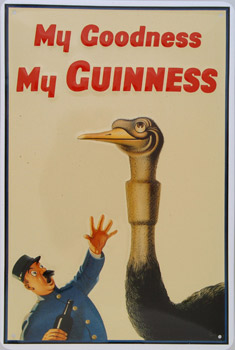
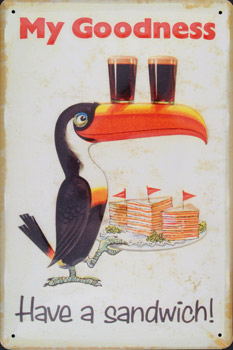
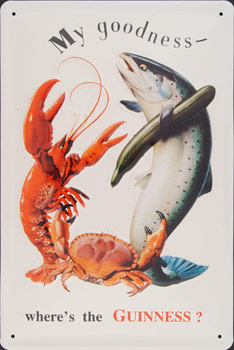
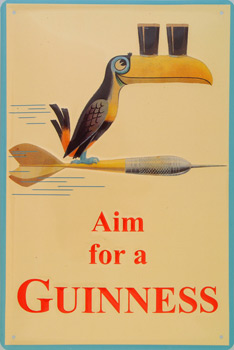
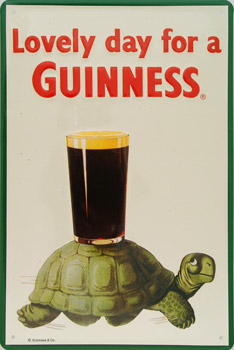
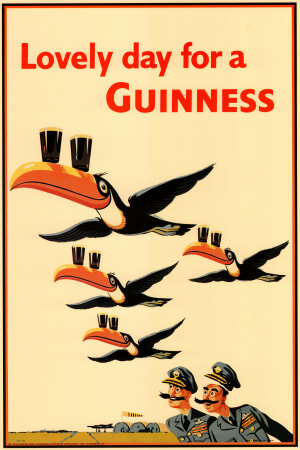
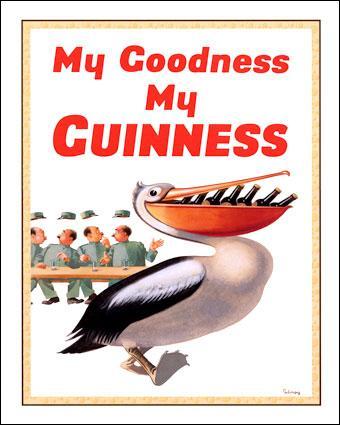
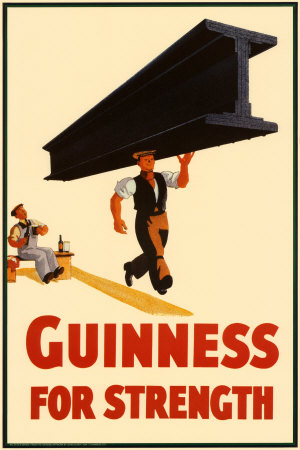
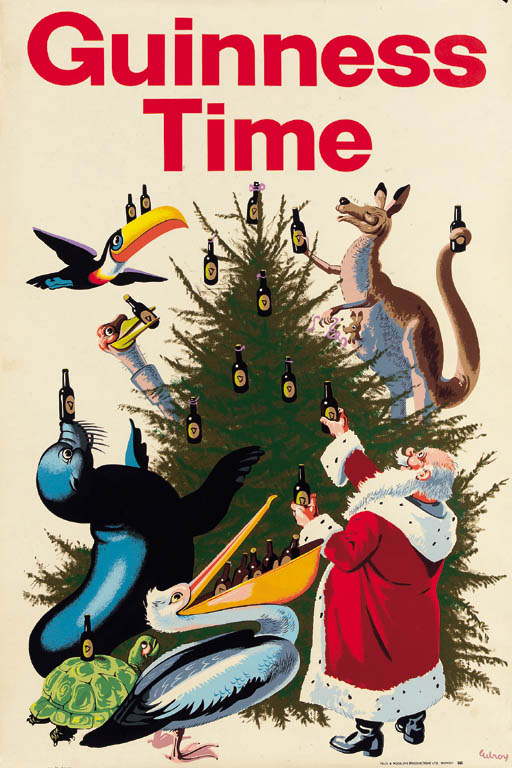
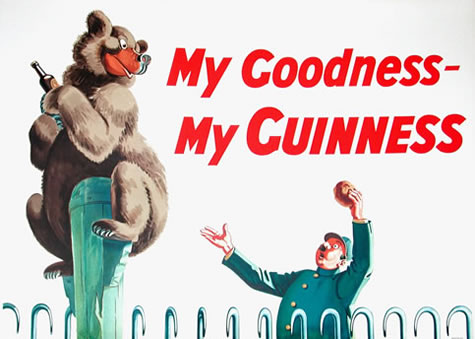
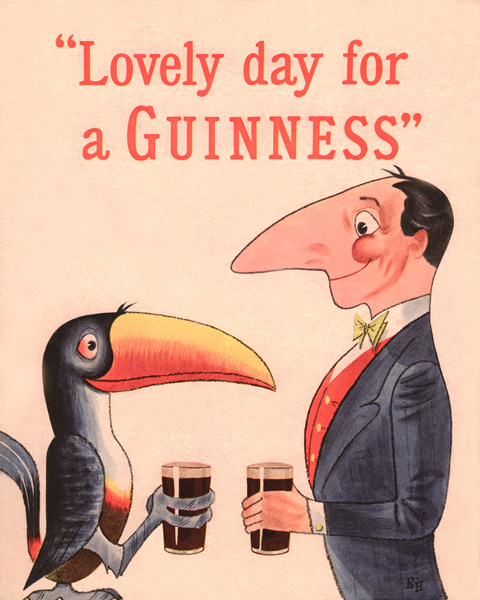
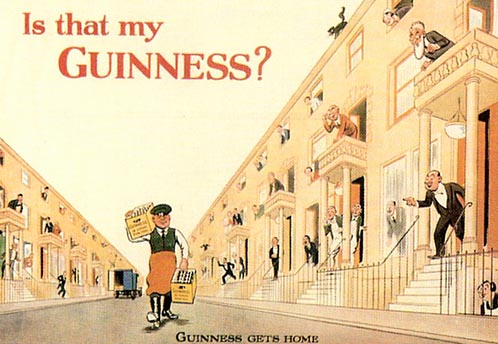
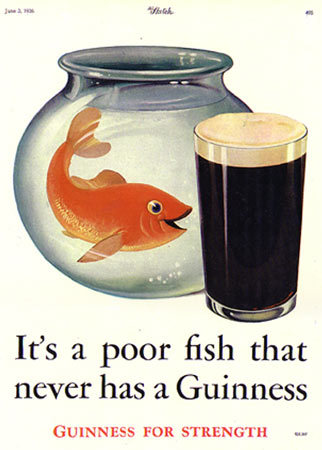
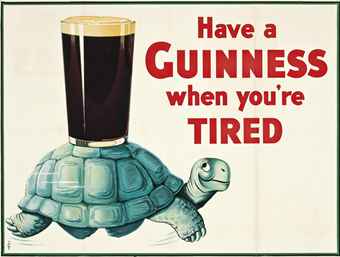
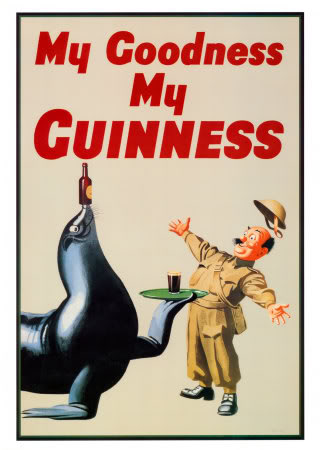
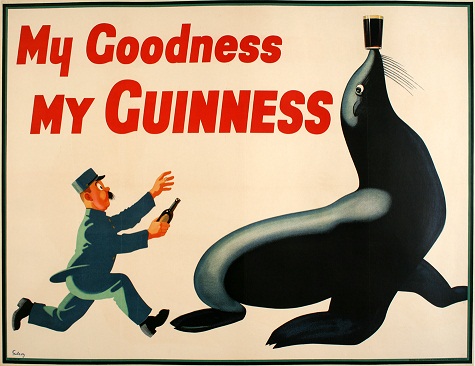
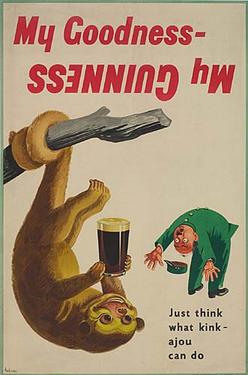
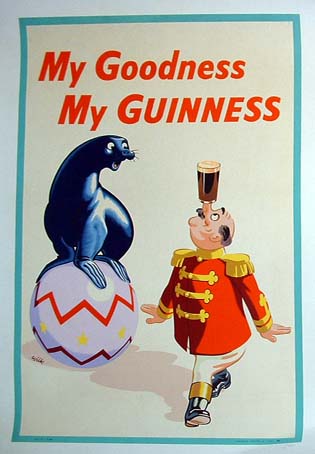
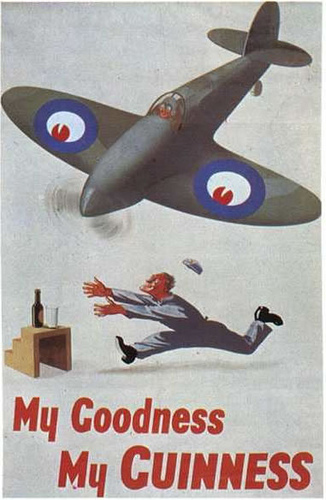
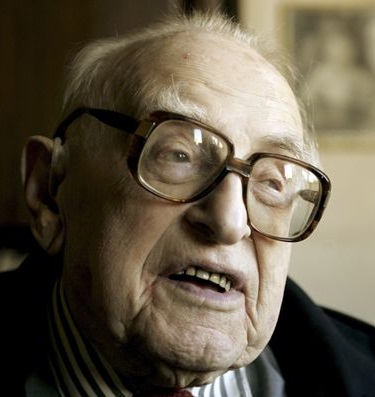
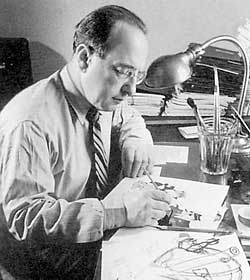
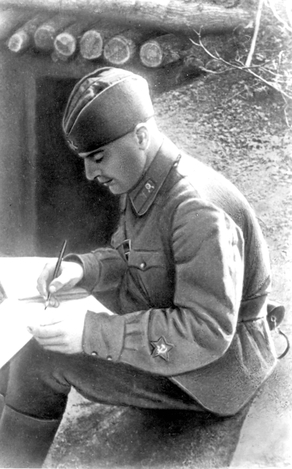
Boris Yefimovich Yefimov (Russian: Бори́с Ефи́мович Ефи́мов; October 11 [O.S. September 28], 1900 - October 1, 2008) was a Soviet political cartoonist best known for his critical political caricatures of Adolf Hitler and other Nazis produced before and during the Second World War, and was the chief illustrator of the newspaper Izvestia. During his 90 year career he produced more than 70,000 drawings.
Yefimov was born in Kiev as Boris Fridlyand (Friedland), the second son of a Jewish shoemaker. His father was Yefim Moiseyevich Fridlyand (1860 - 1945); his mother was Rakhil Savelyevna (1880 - 1969). Shortly after his birth, his family moved to Białystok, where he grew up alongside his older brother Mikhail (who became the famous journalist Mikhail Koltsov, arrested during the Great Purge and executed in 1940). During the First World War, his family fled the advancing German armies and returned to Kiev, where he pursued legal studies. He began to express his emotions through caricatures of politicians, the first of which were published in 1919 and circulated in the Kievian Red Army.
From 1920 to 1921, Yefimov designed posters and brochures for the communist organization Agitprop, finally moving to Moscow in 1922 after his brother, who worked as an editor for Pravda, offered him a job drawing political cartoons. His artistic talent, directed mainly against the West, gained him prominence, and his work started appearing in such titles as Izvestia, Krokodil and Ogonyok, a magazine founded by his brother Mikhail Koltsov (1898 - 1940). The year 1924 saw the publication of his first book, Political Cartoons (Russian: Политические карикатуры, Politicheskiye Karikatury), which included a foreword by Leon Trotsky.
Following the war, Yefimov traveled to the Nuremberg Trials with the task of caricaturing the Nazi defendants. He was then ordered to poke fun at the Western powers in what was transforming into the Cold War. He went on to become the chief editor of Agitprop, and cooperated with Pravda until the 1980s. He published an autobiography, Moy Vek (My Century), for his centennial, and resided in Moscow.
Yefimov received the USSR State Prizes in 1950 and 1951 and was named People's Painter of the USSR in 1967. In 2002 he became chief of the Political Propaganda Department of the Russian Academy of Arts.
In a 2005 interview with Russian TV, Yefimov recalled his experiences in Petrograd during the Russian Revolution, admitting that he had changed his real name in order to dissimulate his Jewish origins.
On September 28, 2007, his 107th birthday, he was appointed to the post of the chief artist of the Izvestia newspaper. In 2008, Yefimov was still working, primarily writing memoirs and drawing friendly cartoons. Also, he was active in public life: he attended memorials and anniversary meetings, soirees and other functions up until his death in Moscow on October 1, 2008, only three days after what was initially reported as his 108th birthday; his age was subsequently reported as 109 based on information from his family. Boris Yefimov is buried in Novodevichy Cemetery.
Yefimov was married twice. His first wife was Rosaliya Borisovna Koretskaya (1900 - 1969). After his death he left one son, Efimov Mikhail Borisovitch (born in 1929), a grandson, and two great grandchildren.
Yefimov was a cousin of the famous Soviet photographer and journalist Semyon Fridlyand.